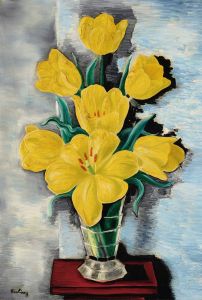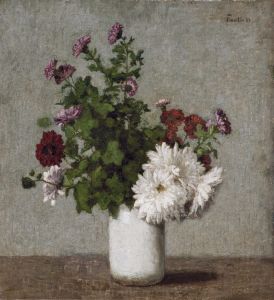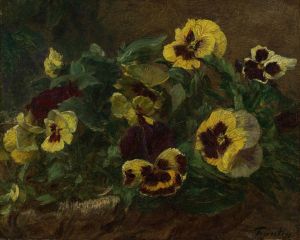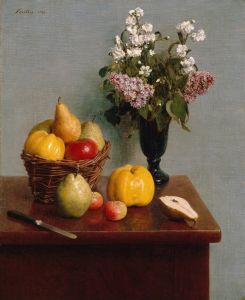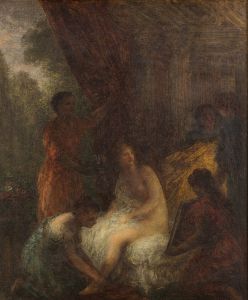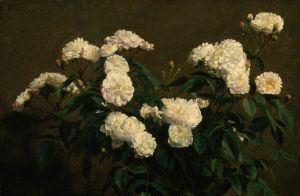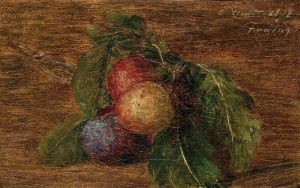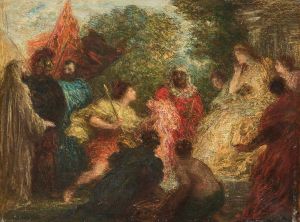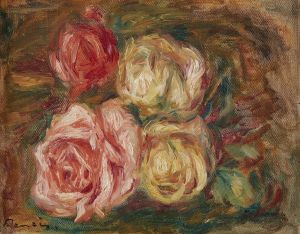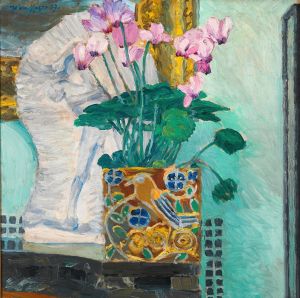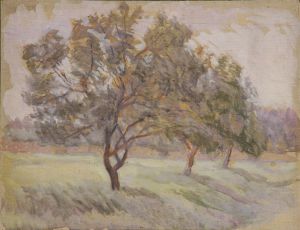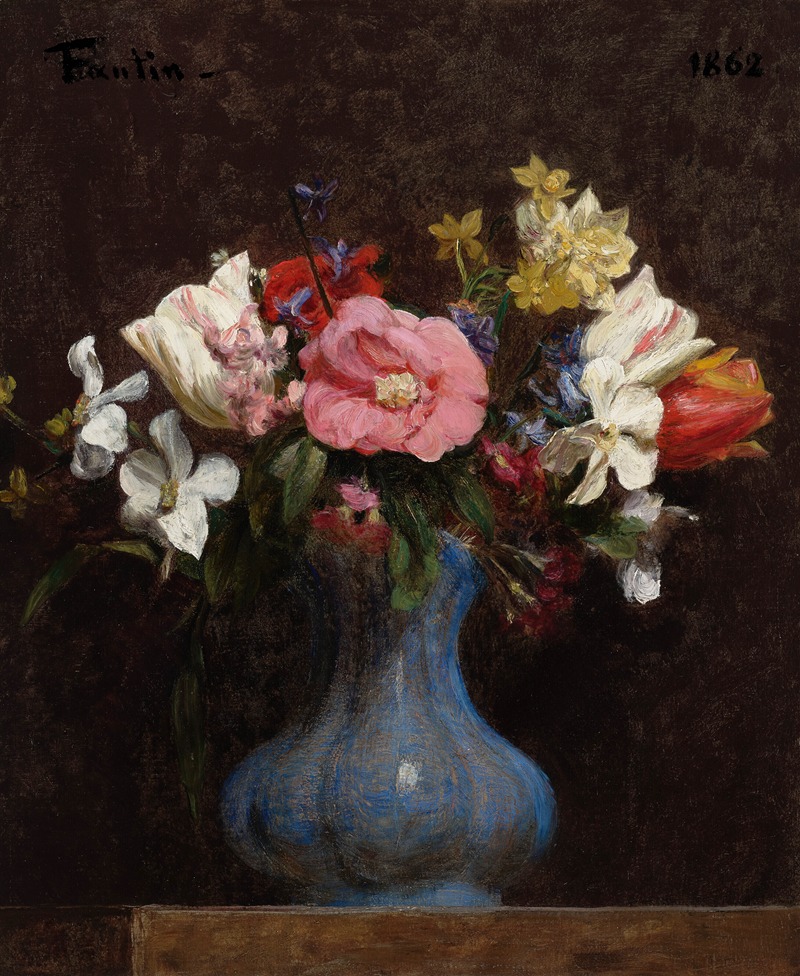
Fleurs, camélias et tulipes
A hand-painted replica of Henri Fantin-Latour’s masterpiece Fleurs, camélias et tulipes, meticulously crafted by professional artists to capture the true essence of the original. Each piece is created with museum-quality canvas and rare mineral pigments, carefully painted by experienced artists with delicate brushstrokes and rich, layered colors to perfectly recreate the texture of the original artwork. Unlike machine-printed reproductions, this hand-painted version brings the painting to life, infused with the artist’s emotions and skill in every stroke. Whether for personal collection or home decoration, it instantly elevates the artistic atmosphere of any space.
Henri Fantin-Latour, a renowned French painter, created the artwork "Fleurs, camélias et tulipes" (Flowers, Camellias, and Tulips). Fantin-Latour was born on January 14, 1836, in Grenoble, France, and he is best known for his exquisite still life paintings and portraits. His works are celebrated for their meticulous detail, delicate brushwork, and subtle use of color.
"Fleurs, camélias et tulipes" is a prime example of Fantin-Latour's mastery in still life painting. The composition features a carefully arranged bouquet of flowers, including camellias and tulips, set against a neutral background. This arrangement allows the viewer to focus on the intricate details and natural beauty of the flowers. Fantin-Latour's ability to capture the texture and form of each petal and leaf is evident in this piece, showcasing his dedication to realism and his keen observational skills.
Fantin-Latour's still lifes often reflect his admiration for the Dutch Golden Age painters, particularly the works of artists like Jan Davidsz de Heem and Rachel Ruysch. He was influenced by their techniques and their ability to create lifelike representations of flowers and other objects. However, Fantin-Latour brought his unique sensibility to his paintings, infusing them with a sense of tranquility and timelessness.
Throughout his career, Fantin-Latour maintained a close association with the Impressionist movement, although he did not fully embrace their style. He was friends with several prominent Impressionist artists, including Édouard Manet, Edgar Degas, and Berthe Morisot. Despite these connections, Fantin-Latour's work remained distinct, characterized by its adherence to traditional techniques and its focus on still life and portraiture rather than the plein air landscapes favored by the Impressionists.
"Fleurs, camélias et tulipes" exemplifies Fantin-Latour's commitment to capturing the ephemeral beauty of flowers. His careful attention to light and shadow, as well as his subtle use of color, creates a sense of depth and realism that draws the viewer into the composition. The painting's serene and contemplative quality is a hallmark of Fantin-Latour's still lifes, inviting viewers to appreciate the delicate beauty of nature.
Fantin-Latour's work received significant recognition during his lifetime, and he exhibited regularly at the Salon in Paris. His still lifes, in particular, were highly regarded and sought after by collectors. Today, his paintings are held in numerous prestigious collections around the world, including the Musée d'Orsay in Paris, the National Gallery in London, and the Metropolitan Museum of Art in New York.
Henri Fantin-Latour passed away on August 25, 1904, in Buré, France. His legacy as a master of still life painting endures, and "Fleurs, camélias et tulipes" remains a testament to his skill and artistry. The painting continues to be admired for its beauty, precision, and the quiet elegance that Fantin-Latour brought to his depictions of flowers.





